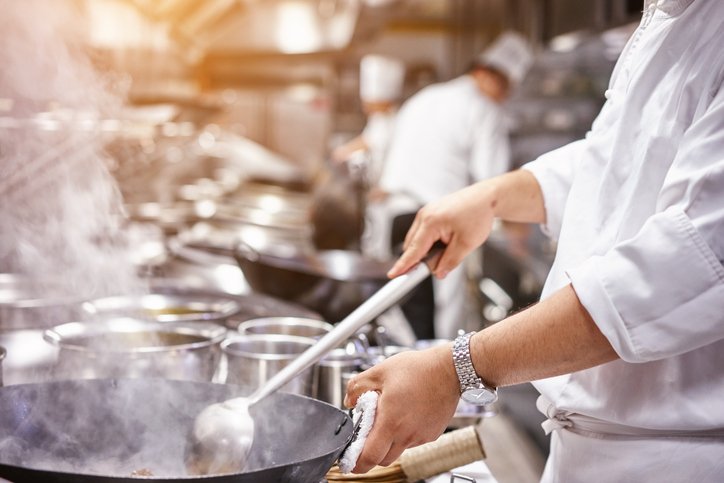You may have delicious recipes, dedicated staff and a determined mindset, but you’ll never get your food business off the ground if you don’t have a commercial kitchen. Kitchens are at the heart of every food and catering company, but it rarely makes sense for a new business to buy one outright or rely solely on a home kitchenette. That’s where renting comes in.
A rented commercial kitchen can act as the perfect base for a pop-up restaurant, food truck, or catering company. But renting a commercial kitchen doesn’t always come cheap. Here are three things to keep in mind to get the most for your money.
Monthly rental costs
A commercial kitchen’s monthly rental cost will be one of your business’ biggest expenditures. Depending on a number of factors, kitchen rents can be anything from £100 to £1,000 per week.
Finding the right cost for you is more complicated than picking the most affordable, though. It all depends on what each rental kitchen includes. Dephna offers rental commercial kitchens with cold storage on site, which can make the day-to-day running of a kitchen so much easier. But they are unfurnished spaces so you will have to buy in all your own equipment.
Kitchens may come with multiple ovens, microwaves, workstations, mixers, stoves and baking utensils. Factor these facilities into your decision. A better-equipped kitchen with more practical storage space can be worth the extra money.
Some businesses take out loans to finance kitchen rentals, viewing it as an essential expenditure that is too important to sacrifice.
You business’ location
Your business’ location should play an important part in your rental kitchen calculations. Depending on where you are, renting a kitchen nearby could be difficult. This is especially true if you are based in the centre of a city, where rental costs are often high.
London, for example, has been crowned the second most expensive city in the world to rent in. If you’re operating in an area as expensive as this, it’s worth looking further afield for a commercial kitchen and transporting your food between destinations.
The cost of transport will add to your overall kitchen expenditure. If you’re travelling too far between kitchen and venue it might be worth biting the bullet and paying the higher premium for a local rental. But if it does work out cheaper, there’s no reason not to go the distance.
If you’re yet to lockdown a location for your catering company, it’s worth scouting around for towns or cities with a good ratio of affordable kitchen space to hungry customers.
The cost of kitchen equipment
Even when a kitchen comes with many facilities, it’s likely you’ll still need to invest in some kitchen equipment.
The Balance’s commercial kitchen equipment checklist includes dozens of items that you will have to buy before your food business can really get started. Your rented kitchen may not come with its own pans, stockpots, tongs or spatulas, for example. Purchasing these items in bulk can be expensive, so The Balance recommends buying used kitchen equipment as a way to save money.
It’s also possible to hire out commercial kitchen equipment whenever you need it. This will cost less in the short term, giving your business time to earn money and pay for equipment of its own.
With a catering business, there are also expenses for simple supplies like trays, bowls, cartons and even cutlery. These, too, should be considered, though their prices are likely to be lower than equipment and facilities.
Consider low budget alternatives
If all of this is sounding like a little too much, there are other ways to launch your catering business. If it’s feasible, you could start small and use your home kitchen. It’s also an option to use a food van with its own oven if you plan to serve a smaller number of customers at a time.
These solutions might suit your business model, or they could act as temporary solutions. Either way, they can help push back the inevitability of renting a commercial kitchen until you are financially ready for it.



 Bitcoin
Bitcoin  Ethereum
Ethereum  Tether
Tether  XRP
XRP  Solana
Solana  USDC
USDC  TRON
TRON  Cardano
Cardano  Lido Staked Ether
Lido Staked Ether  Avalanche
Avalanche  Toncoin
Toncoin